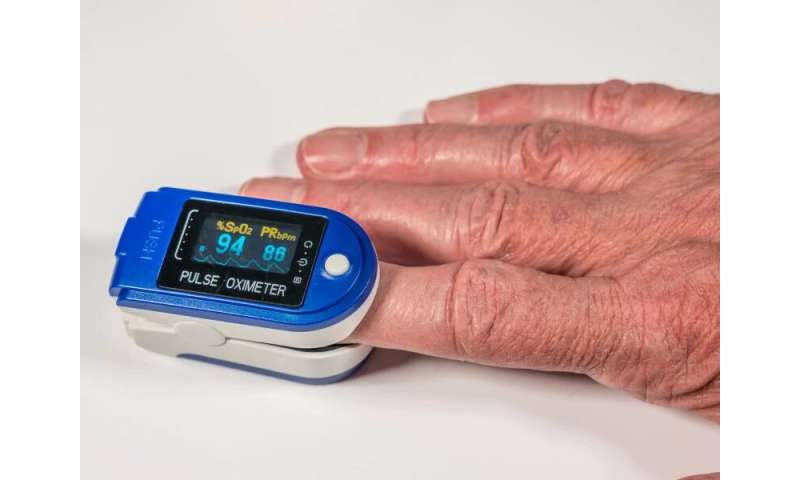


Although pulse oximetry will not give a precise value of oxygen saturation, it is useful for following trends. To meet the accuracy requirements of the applicable technical standard, the root-mean-square difference between the oximeter and the true value must be below 4% across the range of 70-100% SpO2. The reading may vary between different devices and patients. Advice for clinicians interpreting pulse oximetry readings in Sp02 sensors and standalone fingertip devices Investigation of these reported incidents is an important aspect of the MHRA’s medical device safety monitoring system. Manufacturers are required to report serious incidents involving their medical devices. See information on how medical devices are regulated. Particular requirements for basic safety and performance of pulse oximeter equipment).
#Pulse oximetry iso#
Although not mandatory, market approval is expected to include compliance with the relevant technical product standard BS EN ISO 8:2019 (Medical Electrical Equipment. In the case of pulse oximeters and other higher risk medical devices, the manufacturer shows their compliance with the regulations with third-party approval by a designated approved body. The MHRA does not approve medical devices directly. Pulse oximeters intended for clinical use are regulated as medical devices and should display a valid CE, CE UKNI or UKCA mark. Regulation of pulse oximetersĪll medical devices on the UK market must meet stringent requirements for safety and performance under the UK Medical Device Regulations 2002 (SI 2002 No 618, as amended). They are supported by teams of healthcare professionals who provide the necessary instructions on good practice in taking measurements and advice on passing results for clinical interpretation. The NHS COVID Oximetry and COVID Virtual Wards services are aimed at high-risk patients with coronavirus (COVID-19).


Advice from the NHS on pulse oximeters can be found here. General information on medical devices for users and patients is available from the MHRA.
#Pulse oximetry how to#
The MHRA does not recommend that members of the public use oximeters at home unless they have been advised to do so by a qualified clinician, have been shown how to take an accurate measurement, and they are providing results for clinical review.
#Pulse oximetry skin#
The MHRA is not aware of any incidents where skin colour has had an adverse effect on the use of pulse oximeters when providing effective clinical care. The relative change in a patient’s reading may be of greater significance to clinical management than the absolute value. This is just one factor that can alter the result produced. Because of this, it is possible that patients with lighter skin may have small differences in the result reported when compared to those with darker skin. Typically, these devices work by shining a light into the skin and measuring how this is absorbed by the blood to estimate how much oxygen is present. Factors which can affect the accuracy of pulse oximeters The changes in the oxygen saturation value may be more important than just the number reported. The value produced is just one part of the range of measurements that clinicians use to decide on the most appropriate treatment. This measurement can help with the early detection of signs of deterioration. Pulse oximetry is a well-established technique used in healthcare to take a non-invasive measurement of the blood-oxygen level of a patient.


 0 kommentar(er)
0 kommentar(er)
